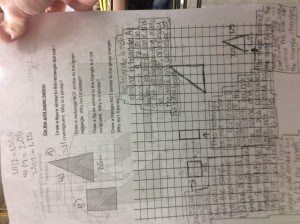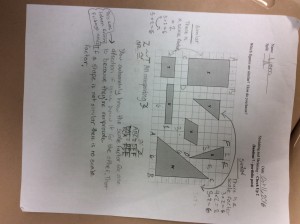French Comment
I feel that this year in French I have learned to follow the different sentence structures we have been learning about, and have learned new vocabulary from Quizlet! I think I have become a harder worker, a more committed student, and a better speaker. I feel that my accent has progressed and my work habits have improved drastically since my prior years as a French student. While I do feel I have progressed in many areas, I still think that there is room to improve. First off, I can be less thin-skinned and learn to accept failure when it comes my way. I also think I can build on my ability to write in French. I have learned how to follow many different sentence structures, but my ability to write without a certain structure has not quite reached its full potential. I loved working on the city projects as well as our sport projects. I think I have learned more about how to make a presentation and Sharyn has helped me progress. I can also learn more about failure and all that Sharyn can do for that is be strict with me about not being thin-skinned. All that I really want to learn for next trimester is how to fail. While I do want to know more about how to freely write in French, as well as how to improve on my accent, learning how to fail is my main priority. I have loved the past two trimesters in french, and hope they get even better!


